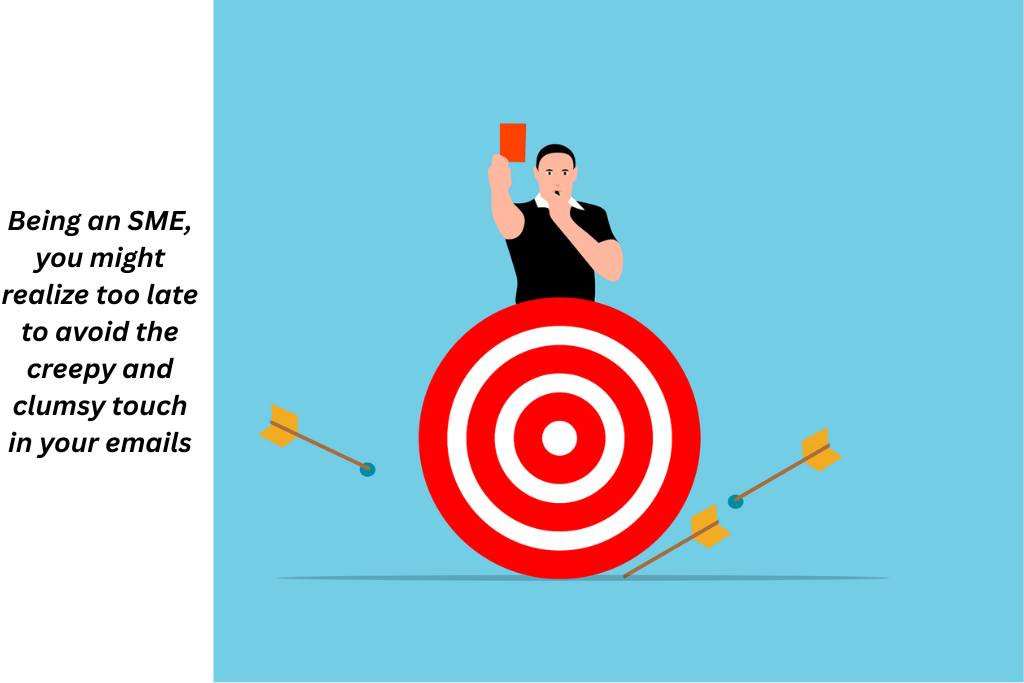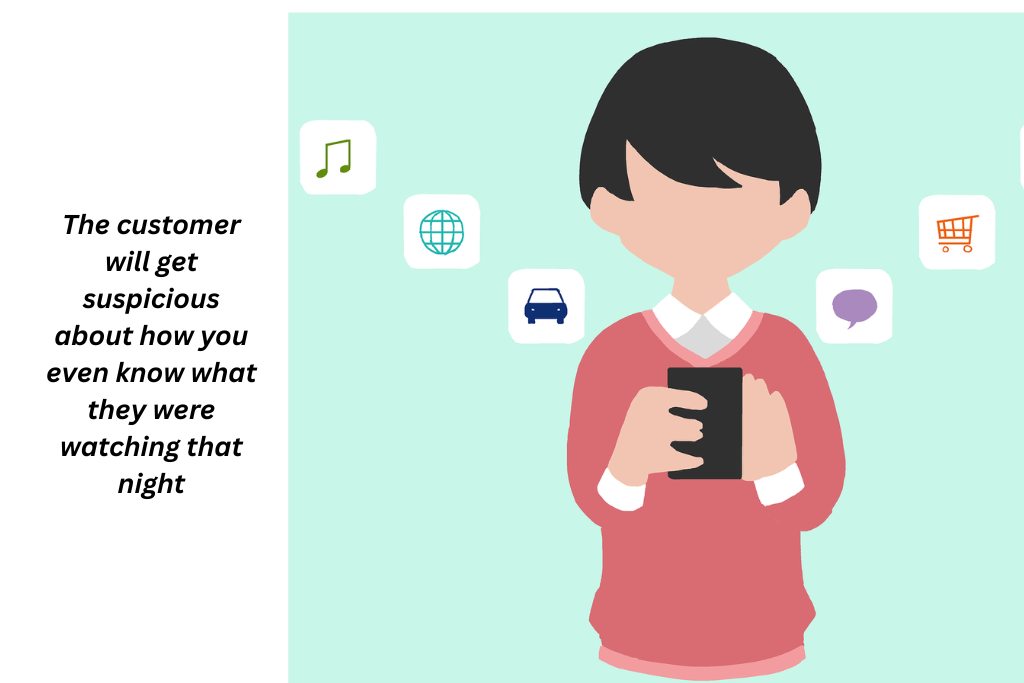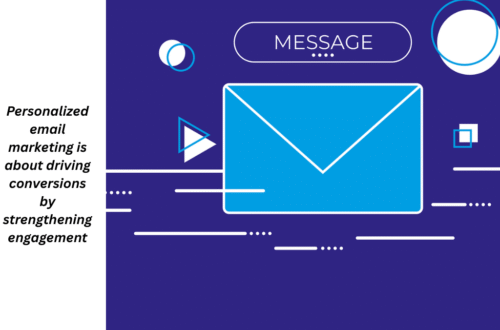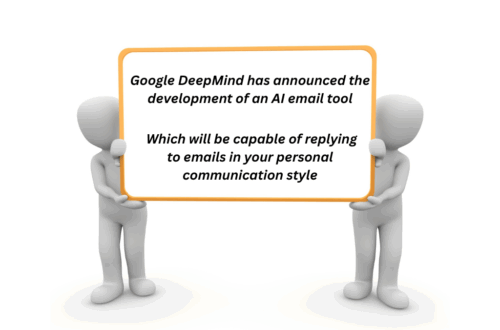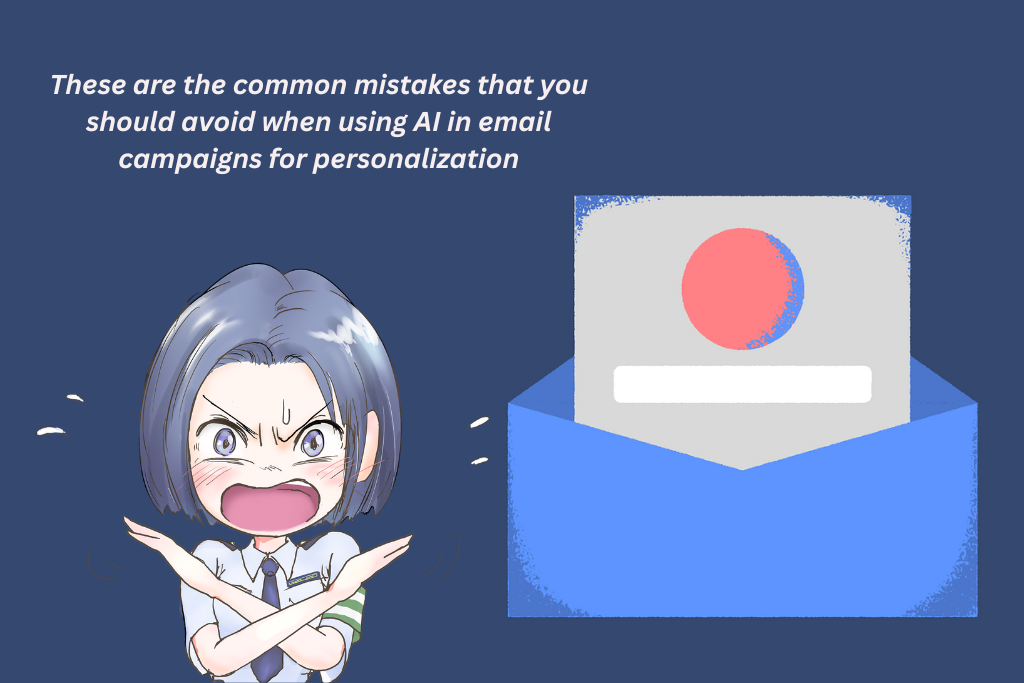
4 Mistakes to Avoid When Using AI in Email Campaigns
There were days when email marketing was based on guesswork. From testing subject lines to hoping something stuck, everything was done on the same strategy. However, the use of AI in email campaigns has changed everything completely. Even this use of artificial intelligence has advanced, and today AI:
- Can predict what each customer wants
- When are they most likely to open an email
- What kind of subject line and message content will make them convert
- Can write personalized subject lines and email sequences based on past behavior
This made email campaigns smarter and faster. However, it also brings great potential for things to go wrong. The hyper-competitive marketing environment has forced marketers to rush to automate and optimize everything. This hassle leads to making mistakes that damage trust, causing unsubscribes, and lowering open rates.
The goal of email marketing is not just sending more emails; it’s to send the better ones to your audience. Being an SME, you might realize too late to avoid the creepy and clumsy touch in your emails. That’ why we will discuss in detail the 4 common mistakes that you should avoid when using AI in email campaigns for personalization.
Mistake 1: Over-Personalizing to the Point of Creepiness
To understand over-personalization, consider this scenario. You send an email to your target customer, and it greets them with their name. Then the next content says, “Still thinking about those red sneakers you viewed three times on Wednesday night?”
That’s creepy. The customer will get suspicious about how you even know what they were watching that night. So, using AI in email campaigns turned into digital stalking.
It backfired because the AI gives you access to incredibly detailed customer behavior. However, you must not use this information, at least not in this way. When emails feel too specific about customer behavior, it triggers discomfort and privacy concerns. Your customers start to distrust your brand, and such campaigns ultimately drive people away.
Your goal is to create the feeling of being understood, not watched. That’s why, to avoid this when using AI in email campaigns, personalize intelligently. Focus on relevance. Do not personalize intrusively, and also avoid surveillance. Here’s how
- Reference general product categories instead of specific actions.
- Group behaviors into broader segments to avoid calling out individual actions.
- Personalize based on value (interests, style, past purchases) rather than moment-by-moment activity.

Mistake 2: Relying on AI Alone Without Human Oversight
Think of AI as a brilliant intern. It can save you time and do most of the heavy lifting. However, it still needs a senior editor (you) to polish it before it goes live. When you let your AI tool generate an entire email from subject and send it to customers without reviewing it, it becomes an overly formal message. It does sound professional, but the lack of human touch creates a slightly off-tone. That’s what happens when you trust AI to speak for you, instead of with you.
This type of email content does not lead your audience to your brand’s personality and tone. AI is powerful at processing data and mimicking human writing, but when there’s no human review, you risk
- A robotic or generic tone that disconnects from your audience.
- Off-brand language that sounds nothing like your usual communication.
- Tone-deaf or awkward phrasing that could come across as insensitive or confusing.
To prevent such mistakes, use AI as your co-pilot, not your ghostwriter. Here’s how to keep things aligned and human:
- Use AI to draft the first version or brainstorm ideas.
- Then edit for tone, clarity, and brand consistency.
- Train the AI (via prompts or fine-tuning) with examples of your past emails so it learns your voice over time.
Mistake 3: Ignoring Segment Quality
AI might be brilliant, but it cannot fix poor audience targeting. You get a powerful AI tool to generate content. These tools also optimize send times and personalize emails. Your job becomes easier. However, instead of segmenting your audience based on different criteria, you end up loading the entire list for the same personalization and then hit send. One email goes out to new subscribers, long-time customers, inactive users, and VIPs alike. Same subject line. Same offer. Same messaging. The result will be a spike in unsubscribes.
This won’t work because it’s not just about data. If you feed your tool with a messy and unsegmented list, it won’t do the magic. Without clean segmentation:
- Your emails feel irrelevant or redundant to many recipients.
- New subscribers get overwhelmed by pushy offers.
- Long-time customers receive entry-level content that feels impersonal.
- Your audience feels like they’re being marketed to in bulk.
To build trust and avoid this scenario, segment smartly and let AI do its job within those segments. This includes:
- Clean your list regularly: Remove inactive subscribers or separate them into a re-engagement flow.
- Create specific segments: New vs. returning customers, high-value buyers, seasonal shoppers, email-only browsers, etc.
- Set clear goals: Are you nurturing, upselling, re-engaging, or educating? Tell your AI what success looks like.

Mistake 4: Optimizing Only for Opens
You use AI to craft the perfect subject line to boost the open rates. These subject lines should be short and raise curiosity. Although this works impressively in encouraging open rates, when it comes to conversions, you see nothing.
Do you wonder why? It’s because in the subject line, you said “free gift inside,” but the email was about a 10% discount on selected items. When people click on such emails, they get disappointed and click out.
It is tempting to chase open rates because they are the easiest metric to track. Also, AI tools often optimize around them by default. But if your email content doesn’t match the promise of the subject line, readers feel tricked. That short-term gain in opens comes at the cost of:
- Lower click-through rates
- Higher unsubscribe rates
- Damaged brand trust
To avoid this mistake, shift your focus from opens to outcomes.
- Train your AI using conversion-based goals.
- Review subject lines for alignments
- Run A/B tests on full campaigns (not just subject lines) to see what drives real engagement.
Conclusion
People remember how you made them feel. If the email feels surveillance, then they will question your data source and its usage. Also, if the email subject line does not match the content, they’re less likely to engage next time. To drive better results, focus on delivering what engages your audience while adding a human touch.



